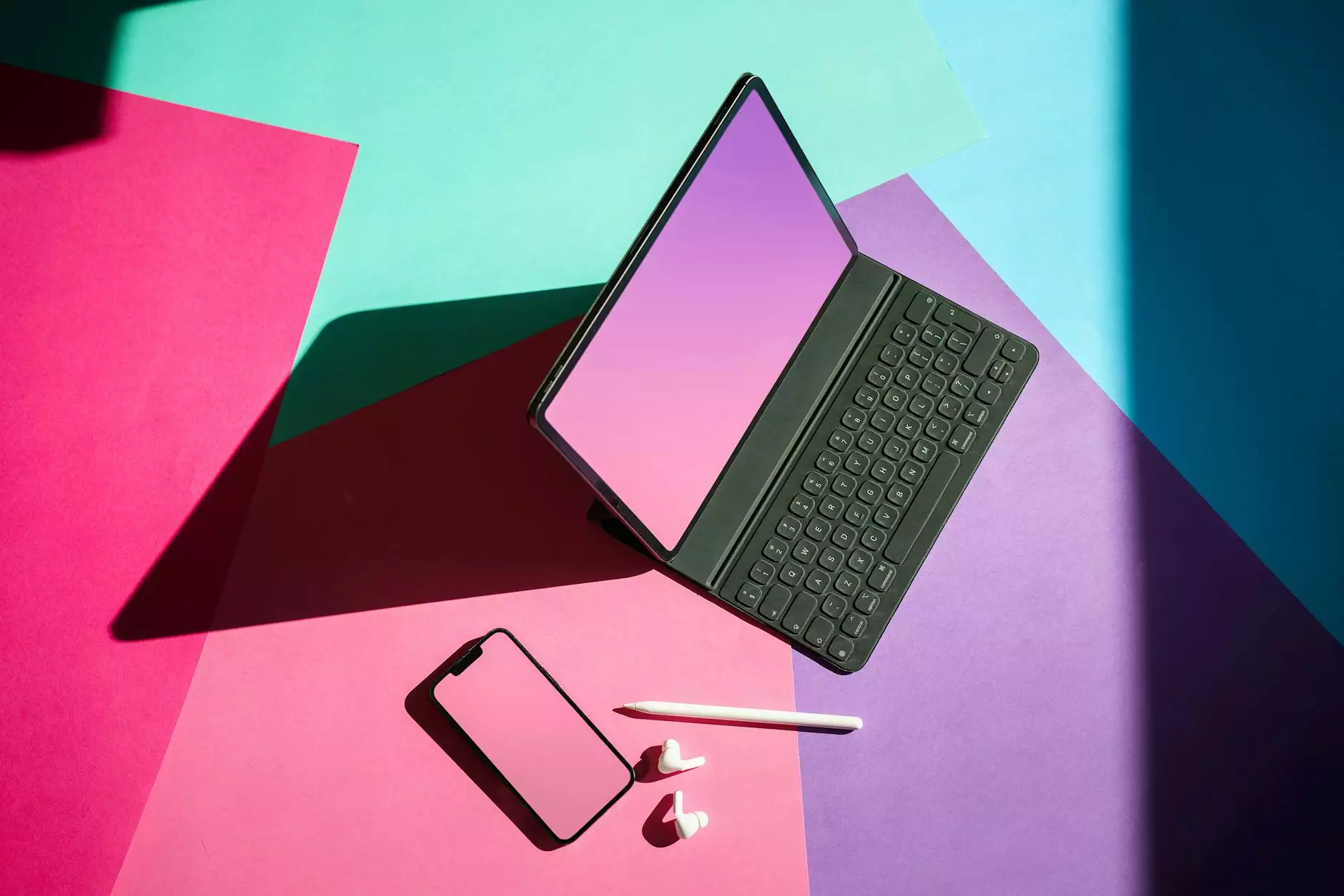Mobile App UI/UX Design Trends to Look For in 2022 & 2023
Blog
Introduction
Welcome to Smartbiz Design, a leading digital marketing agency specializing in cutting-edge UI/UX design trends for mobile apps. In this article, we will delve into the latest trends shaping the mobile app industry in 2022 and provide a glimpse into what the future holds for 2023 and beyond. Our team of experts has analyzed the evolving user demands, technological advancements, and market influences to help you stay ahead of the curve.
1. Dark Mode - Aesthetics and Functionality
Dark mode has gained immense popularity in recent years due to its sleek appearance and numerous benefits. In 2022 and beyond, we anticipate this trend to continue as users seek a visually pleasing and battery-saving experience. Incorporating dark mode into your mobile app offers enhanced readability in low-light environments and reduces eye strain. Its aesthetic appeal coupled with power-saving capabilities make it a must-have feature in modern app design.
2. Voice User Interface (VUI) - The Future of Interaction
With the rapid rise of virtual assistants like Siri, Alexa, and Google Assistant, voice user interface (VUI) has emerged as a game-changer in the mobile app industry. Users are increasingly relying on voice commands to navigate apps, perform tasks, and access information. Integrating VUI technology into your app enhances accessibility, improves user engagement, and provides a hands-free experience. As advancements in voice recognition technology continue, incorporating VUI will be crucial for staying competitive in the future.
3. Augmented Reality (AR) - Immersive Experiences
Augmented Reality (AR) has revolutionized the way users interact with mobile apps, offering immersive experiences that bridge the gap between the digital and physical worlds. From Snapchat filters to furniture shopping apps, AR has become an integral part of enhancing user engagement and driving conversions. In 2022 and beyond, integrating AR features in your app will provide users with unique and captivating experiences, setting your app apart from the competition.
4. Microinteractions - Enhancing User Delight
Microinteractions are subtle, yet powerful, design elements that add delight and personality to the user experience. These small animations, sounds, or visual cues provide feedback, guide users, and create a sense of craftsmanship. From a simple heart animation when liking a post to a loading spinner, microinteractions make the app experience more engaging and enjoyable. Incorporating well-designed microinteractions into your app can significantly impact user satisfaction and loyalty.
5. Gesture-Based Navigation - Intuitive Interactions
The traditional navigation bar is gradually making way for gesture-based navigation, which offers a more intuitive and immersive interaction with mobile apps. Users can navigate between screens, access menus, and perform actions using intuitive gestures like swipes and pinches. Gesture-based navigation simplifies the user experience, eliminates clutter on the screen, and accommodates larger displays. As smartphones continue to evolve, leveraging gesture-based navigation will be essential for providing a seamless and user-friendly interface.
6. Neumorphism - Evolving Aesthetics
Neumorphism, a design trend inspired by skeuomorphism and flat design, is gaining traction in the mobile app UI/UX world. It combines subtle shadows, soft gradients, and minimalist elements to create interfaces that mimic physical objects while maintaining a modern aesthetic. Neumorphic design adds depth and realism to app interfaces, making them visually appealing and user-friendly. As the design landscape evolves, integrating neumorphic elements into your app can give it a fresh and contemporary look.
7. Personalization - Tailoring the Experience
In the era of data-driven insights, personalization has become a core component of successful mobile app design. Users expect apps to adapt to their preferences, needs, and behaviors. By leveraging user data, you can deliver personalized content, recommendations, and features that align with individual user expectations. Personalization not only improves user engagement but also enhances customer loyalty, driving retention and conversions.
8. Sustainability - Green Design
As environmental consciousness grows globally, incorporating sustainability into mobile app design is becoming increasingly important. Sustainable design focuses on reducing the app's environmental impact, optimizing energy consumption, and promoting eco-friendly practices. By integrating sustainable principles, such as minimal energy consumption and clean interfaces, your app can contribute to the larger goal of environmental responsibility while appealing to environmentally conscious users.
Conclusion
In conclusion, staying up-to-date with the latest mobile app UI/UX design trends is crucial in a competitive digital landscape. By embracing trends such as dark mode, voice user interface (VUI), augmented reality (AR), microinteractions, gesture-based navigation, neumorphism, personalization, and sustainability, you can deliver exceptional user experiences that captivate and retain users.
At Smartbiz Design, we are committed to helping businesses thrive in the ever-evolving world of mobile app design. Contact us today to learn more about how our expertise can transform your app and position you at the forefront of UI/UX design trends in 2022 and beyond.










